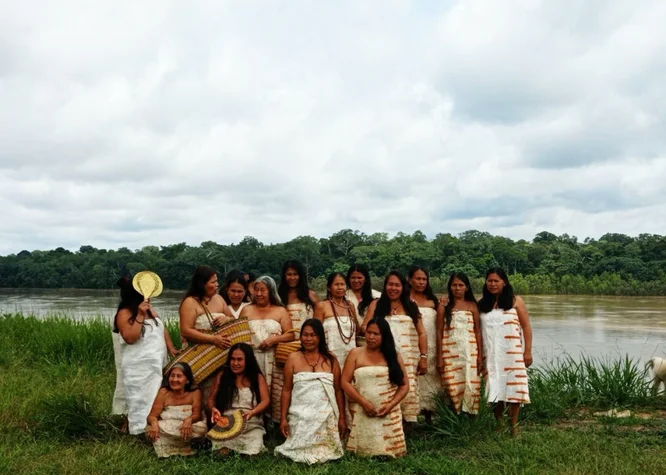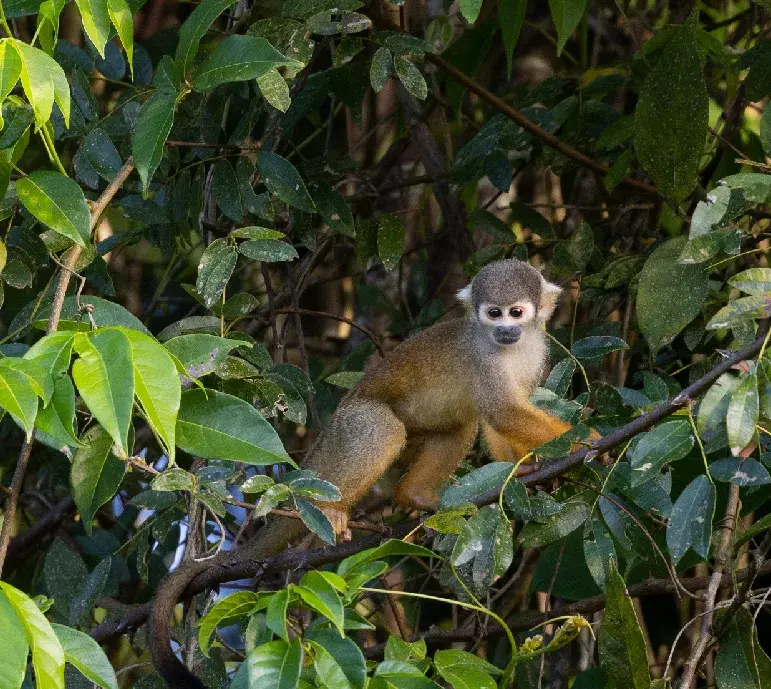Exploring the Ese Eja Indigenous Community of Tambopata, Peru
Nestled deep within the pristine rainforests of Peru lies a vibrant and resilient indigenous community known as the Ese Eja. Their rich cultural heritage, deep connection to the environment, and unique way of life make them a captivating subject of study. In this article, we will embark on a journey to explore the Ese Eja indigenous community, shedding light on their history, culture, and the challenges they face in the modern world.

History and Origins
The Ese Eja people are an indigenous group primarily inhabiting the Madre de Dios region of southeastern Peru. Their history in this region dates back centuries, and they have traditionally relied on the abundant resources of the Amazon rainforest for their sustenance and way of life.
Language and Communication
The Ese Eja people have their own language, also called Ese Eja, which is a linguistic treasure trove of knowledge about the local environment. Their language is intricately connected to their surroundings, with numerous words to describe the rich biodiversity of the Amazon rainforest. It’s a testament to their deep understanding of the ecosystem they call home.
Traditional Lifestyle
The Ese Eja have a semi-nomadic lifestyle, moving through the rainforest in search of food and resources. They are skilled hunters, gatherers, and fishermen, relying on their expertise to navigate the dense jungle. The rainforest provides them with everything they need, from medicinal plants to materials for crafting.
Cultural Practices and Beliefs
Central to Ese Eja culture is their spiritual connection to nature. They believe that every living being, from the smallest insect to the mightiest tree, possesses a spirit. This belief underscores their respect for the environment and their commitment to sustainable practices. Rituals and ceremonies are conducted to honor the spirits and seek their guidance.
Challenges and Preservation Efforts
Like many indigenous communities around the world, the Ese Eja face significant challenges. The encroachment of modern society, deforestation, and resource exploitation threaten their traditional way of life. Efforts are being made by both the Ese Eja and external organizations to protect their land, culture, and rights.
Conclusion
The Ese Eja indigenous community of Peru serves as a testament to the harmonious relationship that humans can have with their environment. Their deep-rooted culture, sustainable practices, and spiritual connection to nature are a source of inspiration. As we celebrate their unique way of life, it is also our responsibility to support their efforts in preserving their culture and the invaluable rainforest they call home. By doing so, we can help ensure that future generations can continue to learn from and be inspired by the Ese Eja people and their remarkable way of life.



